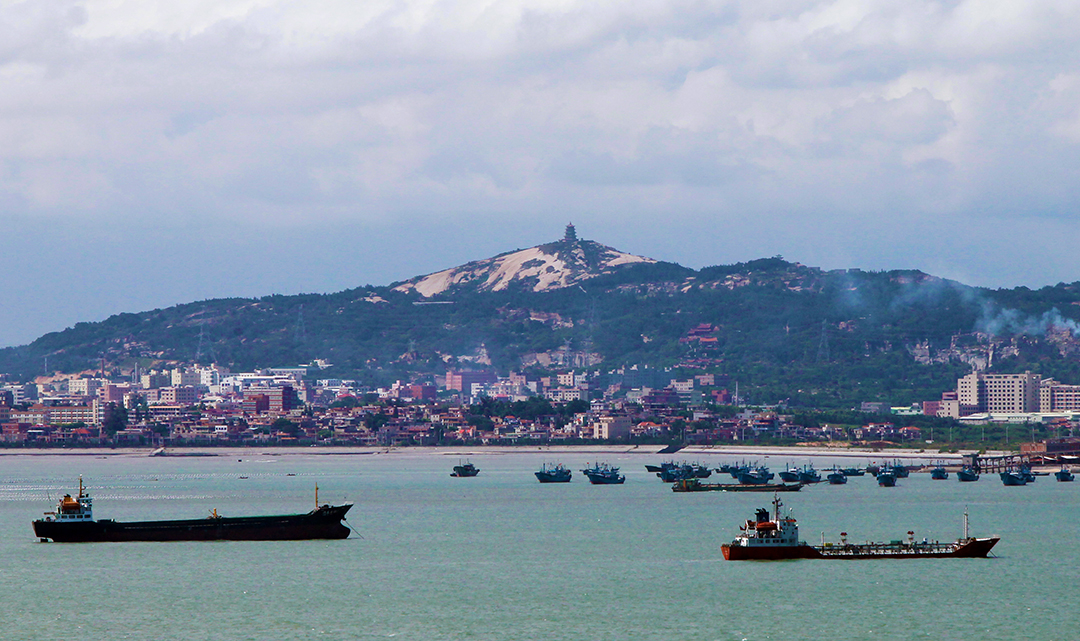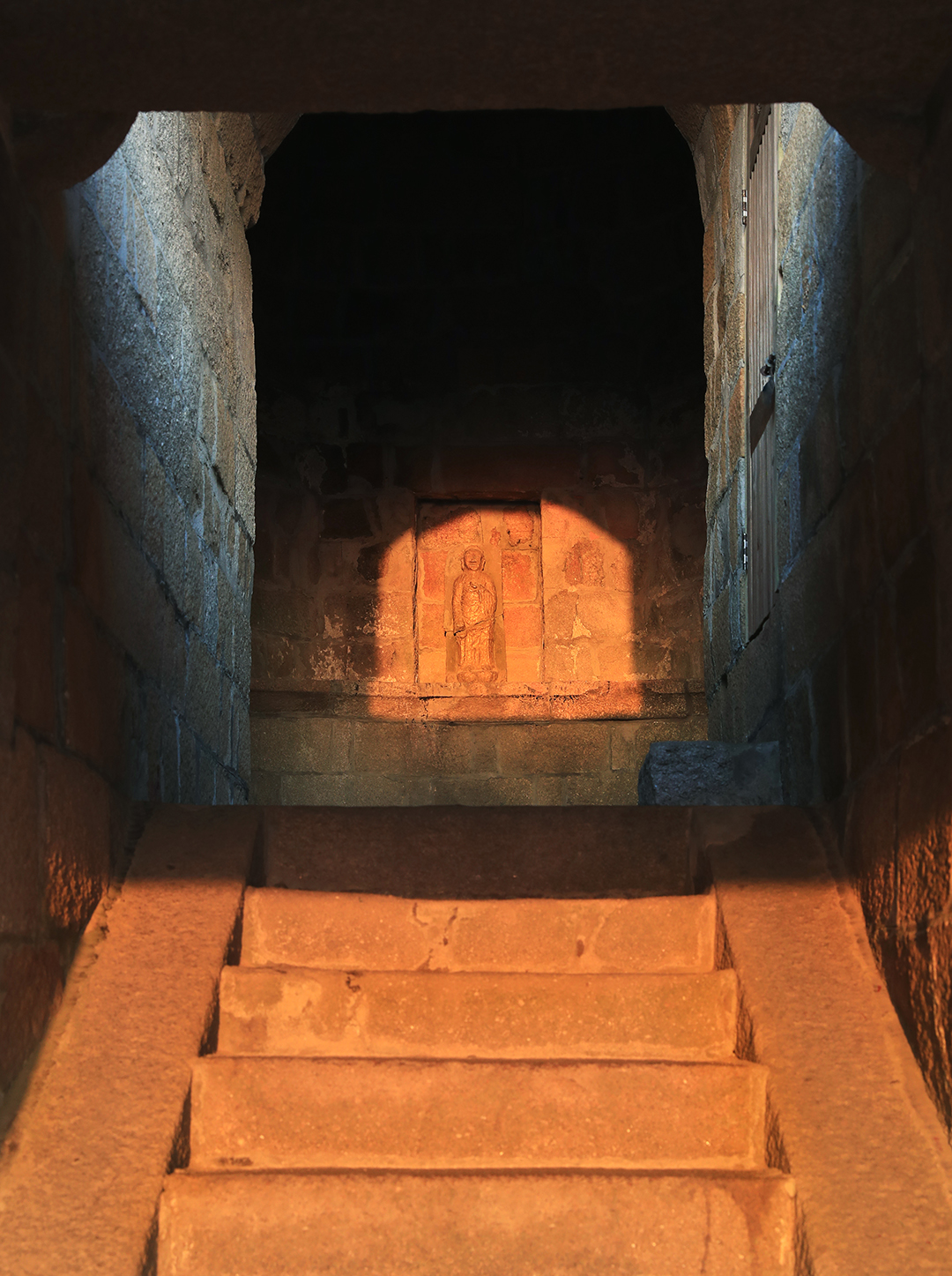
Wanshou Pagoda is a representative component reflecting the Transportation Network of Quanzhou as an emporium of world maritime trade. It was the landmark for merchant ships arriving at the port of Quanzhou; it also served as a source of spiritual support for the local population by safeguarding the bay and providing divine protection for traveling merchant. Wanshou Pagoda sits atop Baogai Hill, 20 kilometers southeast of Quanzhou city. It is a stone pagoda styled to imitate a wooden pavilion. Made of large granite slabs, Wanshou Pagoda is a five-storey octagonal structure, hollow inside and encompassed with external corridors on each floor. It has an overall height of about 22 meters and a site area of 325 square meters. It was built by monk Jieshu during the Shaoxing reign (1131-1162) of the Southern Song Dynasty when Quanzhou’s maritime trade reached its peak. Baogai Hill is situated amongst the hills between Quanzhou Bay and Shenhu Bay. Rising 210 meters above sea level, it is the highest point in the Quanzhou Bay area. As such, Baogai Hill is a strategic location for controlling the bay. According to ancient feng shui geomantic theory, this area is considered as the “water exit” or outlet of Quanzhou. Building a pagoda in such a location could lock the outlet and ensure safety. Due to its commanding height, Wanshou Pagoda is also known as the Pass Locking Pagoda. Besides, it is nicknamed “the Sisters-in-Law Pagoda” for its association with the legend of a man’s wife and his younger sister who turned to stone due to gazing endlessly out at sea longing for his safe return. Historical texts state that ships could be seen from Wanshou Pagoda and ships used the pagoda as a beacon to guide them home.



 闽公安备35050302000734
闽公安备35050302000734
